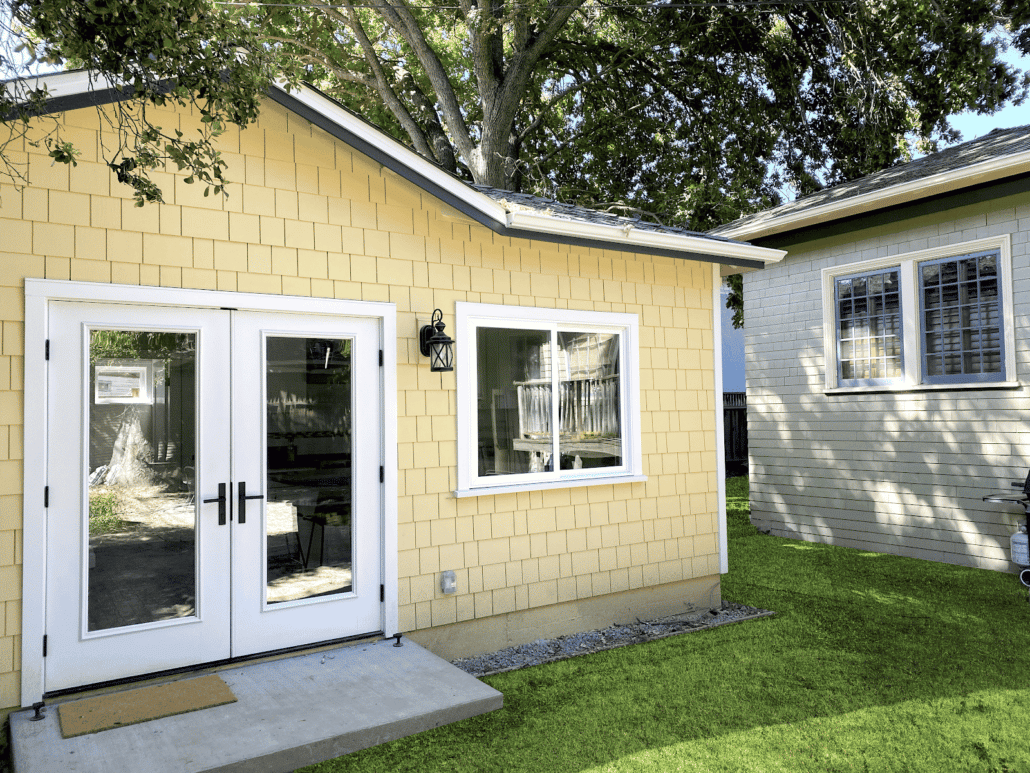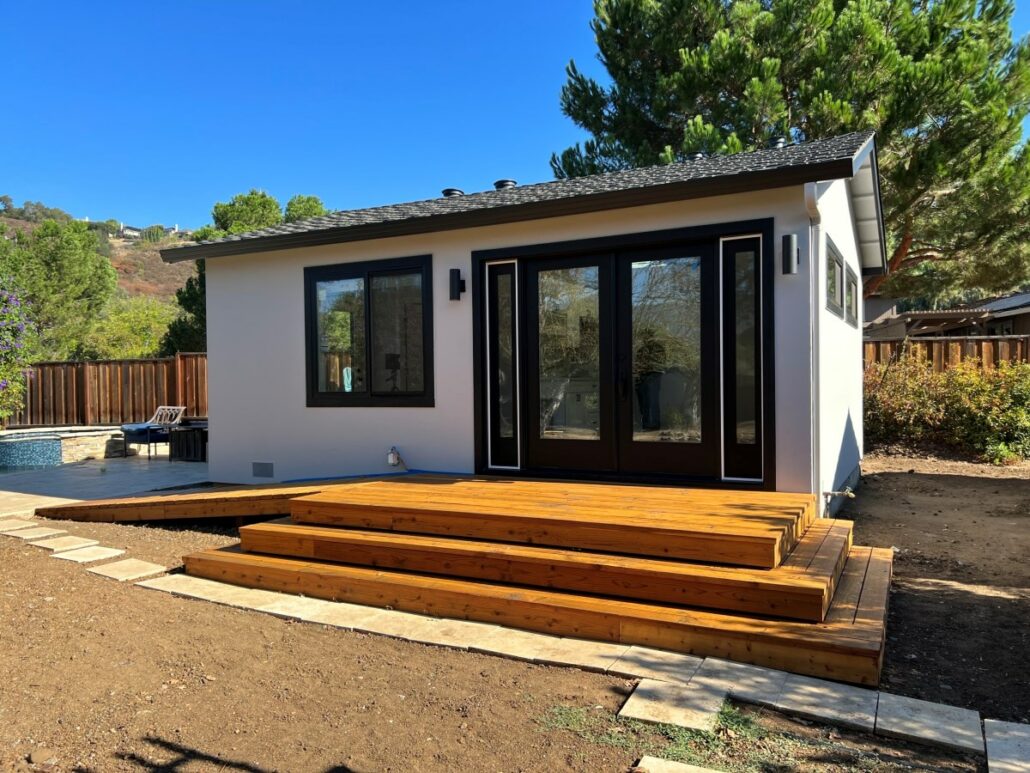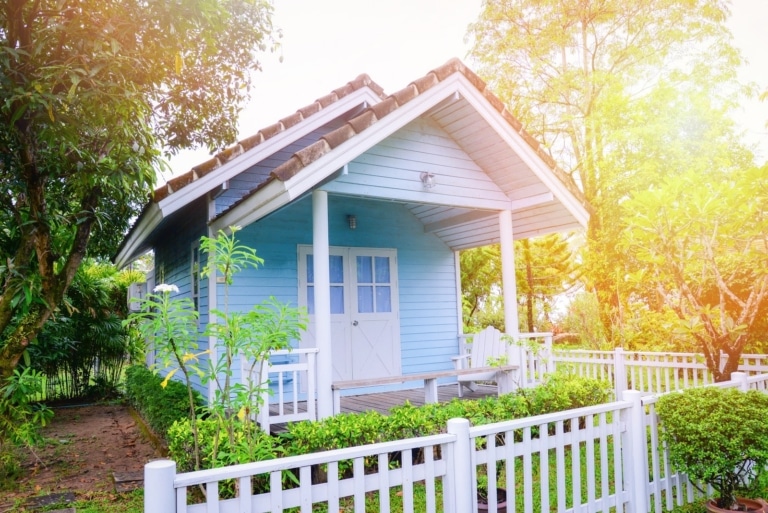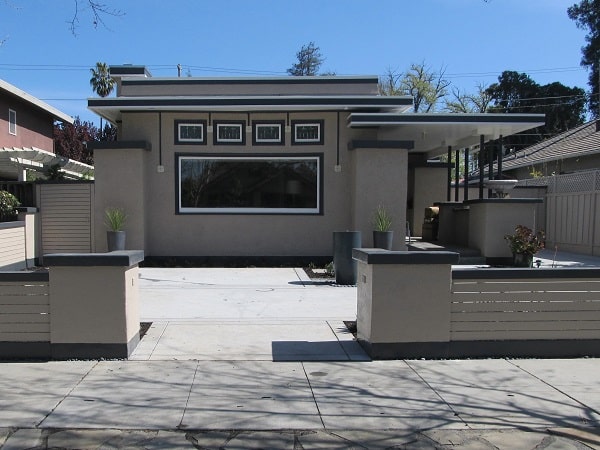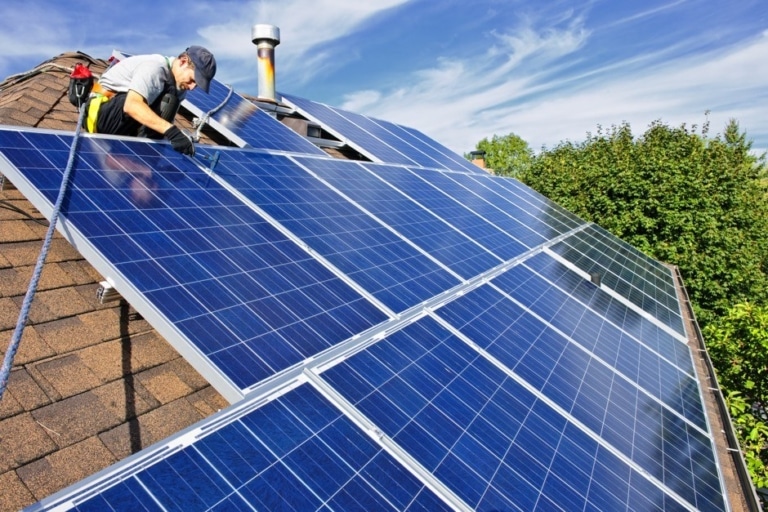Not All ADUs Are Created Equal: Comparing Prefab to Traditional Builds
As interest in accessory dwelling units (ADUs) continues to rise, many homeowners are weighing the options between prefabricated units and traditionally built, site-constructed ADUs. Prefab ADUs are often marketed as faster and more convenient, but the reality is more nuanced.
While prefabricated units may seem appealing due to perceived speed and simplicity, they often come with limitations in design flexibility, potential permitting challenges, and hidden site-related costs. For homeowners seeking a long-term, high-quality solution tailored to their property and lifestyle, a traditional, site-built ADU often proves to be the more dependable investment.
What’s the Difference Between Prefab and Traditional ADU Builds?
Before comparing the pros and cons, it’s important to understand what sets prefab and traditional ADUs apart.
Prefab ADUs, short for prefabricated, are manufactured off-site in a factory and delivered to your property, often in one or more modules. These units are then placed on a prepared foundation and connected to utilities. They are typically built using standardized designs to streamline production and reduce construction time.
Traditional (or site-built) ADUs, on the other hand, are constructed on-site from the ground up. This approach follows the same process used to build a primary residence and allows for greater customization, integration with existing structures, and adherence to local design preferences.
Here’s a high-level comparison:
| Factor | Prefab ADU | Traditional ADU |
| Construction Site | Off-site (factory) | On-site (your property) |
| Customization | Limited to set models | Fully customizable |
| Design Flexibility | Minimal | High |
| Permitting | May still require local approvals | Fully integrated with local permitting |
| Speed | Faster production; delayed by site prep | More linear but predictable timeline |
| Quality | Varies by manufacturer | Matches primary residence standards |
| Cost Structure | Appears lower upfront; extra site costs | Higher upfront but more transparent overall |
Understanding these core differences is key to making an informed decision – especially in regions like the Bay Area, where regulations, lot conditions, and long-term property value all play a critical role in the success of an ADU project.
Comparing Key Factors: Prefab vs Traditional ADUs
When deciding between a prefab house and a traditionally built ADU, it’s not just about how fast you can get it done – it’s about how well it fits your property, your goals, and your long-term expectations. Here’s how the two approaches compare across the things that matter most.
Which One Feels Like a Real Home?
Traditional ADUs are constructed with the same standards and materials as your primary residence. That means solid framing, proper insulation, and high-quality finishes that match the main home—not something that feels mass-produced or temporary. Prefab units are designed for transport first and comfort second, which can affect how they feel and perform over time.
Do You Want Control Over the Design?
With a site-built ADU, you can customize every detail—from layout and orientation to window placement and finishes. That flexibility can make all the difference if you’re working with an oddly shaped lot or want to tailor the space for a specific family member. Prefab units, on the other hand, are limited to preset models with little room for adjustment.
Will It Actually Pass Permitting?
Even though prefab ADUs are built off-site, they still need to meet every local zoning, building, and fire code once they’re delivered. This is often where problems arise – delays due to mismatched requirements or overlooked site-specific details. Traditional ADUs are designed and permitted with the local process in mind from day one, reducing the risk of complications.
Is Faster Always Better?
Prefab is often marketed as a faster solution, but what’s not advertised is the time required for site prep, utility setup, delivery logistics, and crane installation. Those steps can delay move-in by weeks or even months. With a traditional ADU, the process is linear and easier to coordinate—especially with a team that handles everything in-house.
Where Are the Hidden Costs?
Prefab quotes often exclude critical components like foundation work, delivery, crane access, and utility connections. These can significantly increase the final price. Traditional builds come with a clearer scope and more predictable budgeting, particularly when managed by a full-service provider that offers transparency from the outset.
When Prefab Might Be the Right Choice (and When It’s Not)
While site-built ADUs offer more flexibility and long-term value for most homeowners, prefab units can still make sense in certain situations, provided you’re clear on the limitations.
Prefab may be worth considering if:
- Your project needs to be completed extremely quickly
- The lot is flat, wide open, and easy to access with a crane
- You’re comfortable with minimal customization
- You have very basic utility needs and don’t require extensive on-site coordination
- You’re in a rural or under-regulated area with simpler permitting requirements
In these cases, a prefab ADU can serve as a quick housing solution—especially for temporary use, remote secondary properties, or highly standardized rental scenarios.
But prefab becomes less practical when:
- Your lot has unique constraints like slopes, trees, or tight access
- You want the ADU to match or complement your existing home’s design
- Local permitting is strict and complex (as is common in the Bay Area)
- You plan to use the ADU for long-term family living and want quality to match
- You don’t want to manage multiple vendors for design, delivery, and site prep
In high-regulation markets like California, where site conditions vary dramatically and local code compliance is critical, prefab often creates more complexity than it solves. A traditional, site-built ADU allows for better coordination, adaptability, and peace of mind.
What Will Your ADU Be Worth in 10 Years?
If you’re thinking about your ADU as a long-term investment, it’s worth looking beyond the initial build and asking: how will it age, adapt, and retain value over time? Here’s why traditional, site-built ADUs are often the better financial choice in the long run:
1. Seamless Integration Increases Resale Value
Traditional ADUs are designed to match your home’s architecture, which adds to overall property appeal. Buyers are more likely to pay a premium for a property that feels cohesive, rather than one with a detached, prefab structure.
2. Built to Last, and Cost Less to Maintain
Site-built units use the same construction standards as the main residence. That means better insulation, durable materials, and fewer repairs. Over a decade or more, this translates to lower ongoing maintenance costs.
3. Higher Rental Income Potential
A well-designed ADU offers a more comfortable, functional living space—and tenants notice. Site-built units tend to rent for more, attract longer-term occupants, and offer better returns over time.
4. Easier to Renovate or Adapt
As your needs change, traditional ADUs offer more flexibility. Whether you want to modernize the space, add accessibility features, or reconfigure the layout entirely, you’re not locked into factory specifications.
5. Better Perception, Stronger Demand
A site-built ADU feels permanent, familiar, and well-integrated. That leads to stronger buyer and renter confidence – and higher demand when it’s time to sell or lease the space.
Why Homeowners Trust Acton for Custom, Site-Built ADUs
One Team. Every Step.
When you build with Acton ADU, you’re not juggling designers, engineers, and contractors – we handle everything in-house. From feasibility and permitting to construction and final inspection, our team manages the process from start to finish with clarity and precision.
Build-Ready Plans That Save Time
Want to simplify the process without sacrificing quality? Our collection of Build-Ready ADUs includes pre-designed, permit-optimized layouts that fast-track approvals while still offering thoughtful design and long-term livability. It’s a smart, streamlined way to stay on budget and on schedule.
Designed to Feel Like Home
Prefab units often feel detached—both literally and stylistically—from your main residence. In contrast, our site-built ADUs are constructed to match the look, feel, and finish of your existing home. They’re comfortable, durable, and designed for real family living.
Built on Trust, Backed by Experience
Homeowners choose Acton because we prioritize transparency, accountability, and craftsmanship. We understand Bay Area regulations, respect your property, and take pride in delivering ADUs that stand the test of time. No shortcuts. No surprises. Just a team you can count on.



